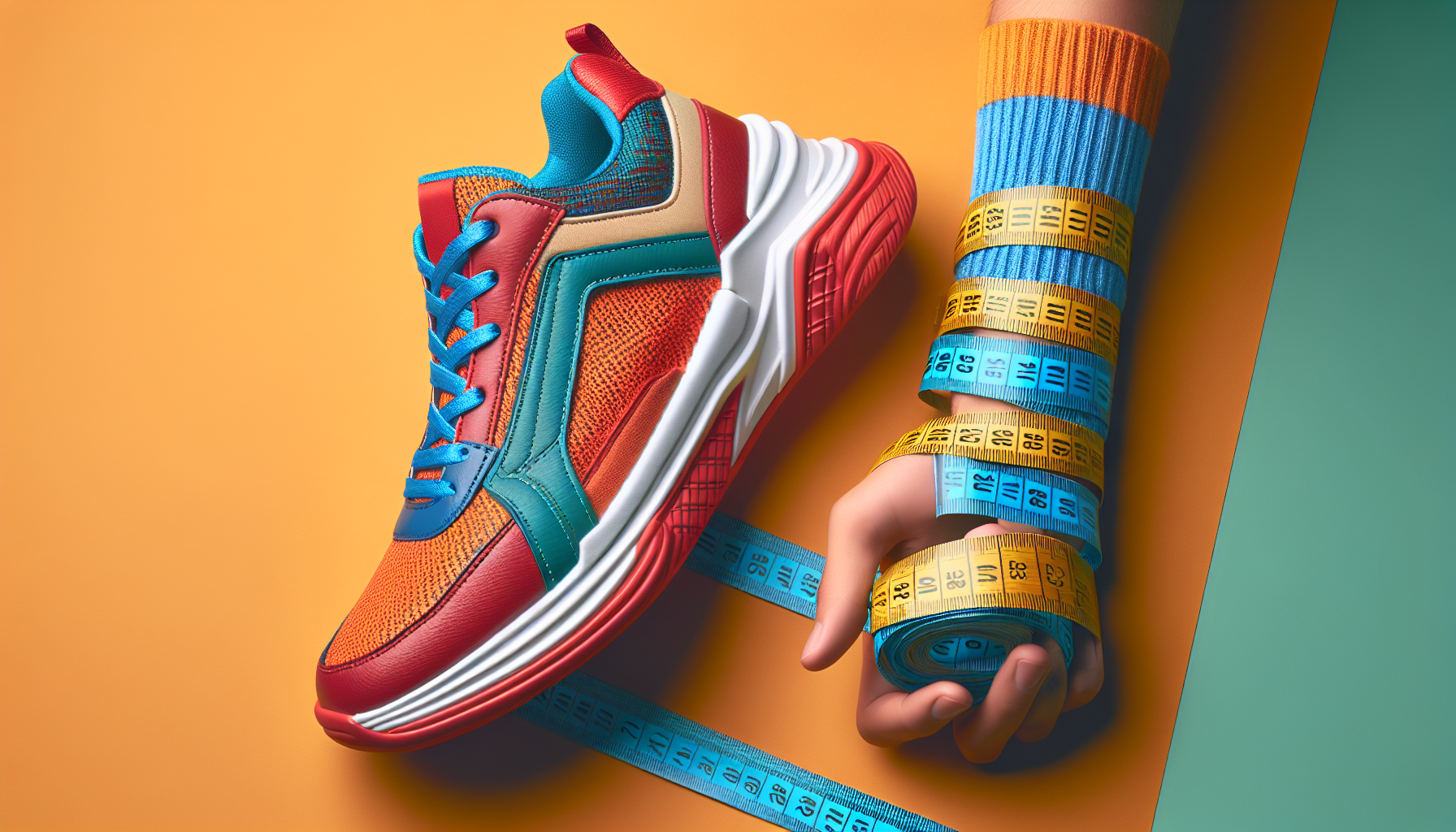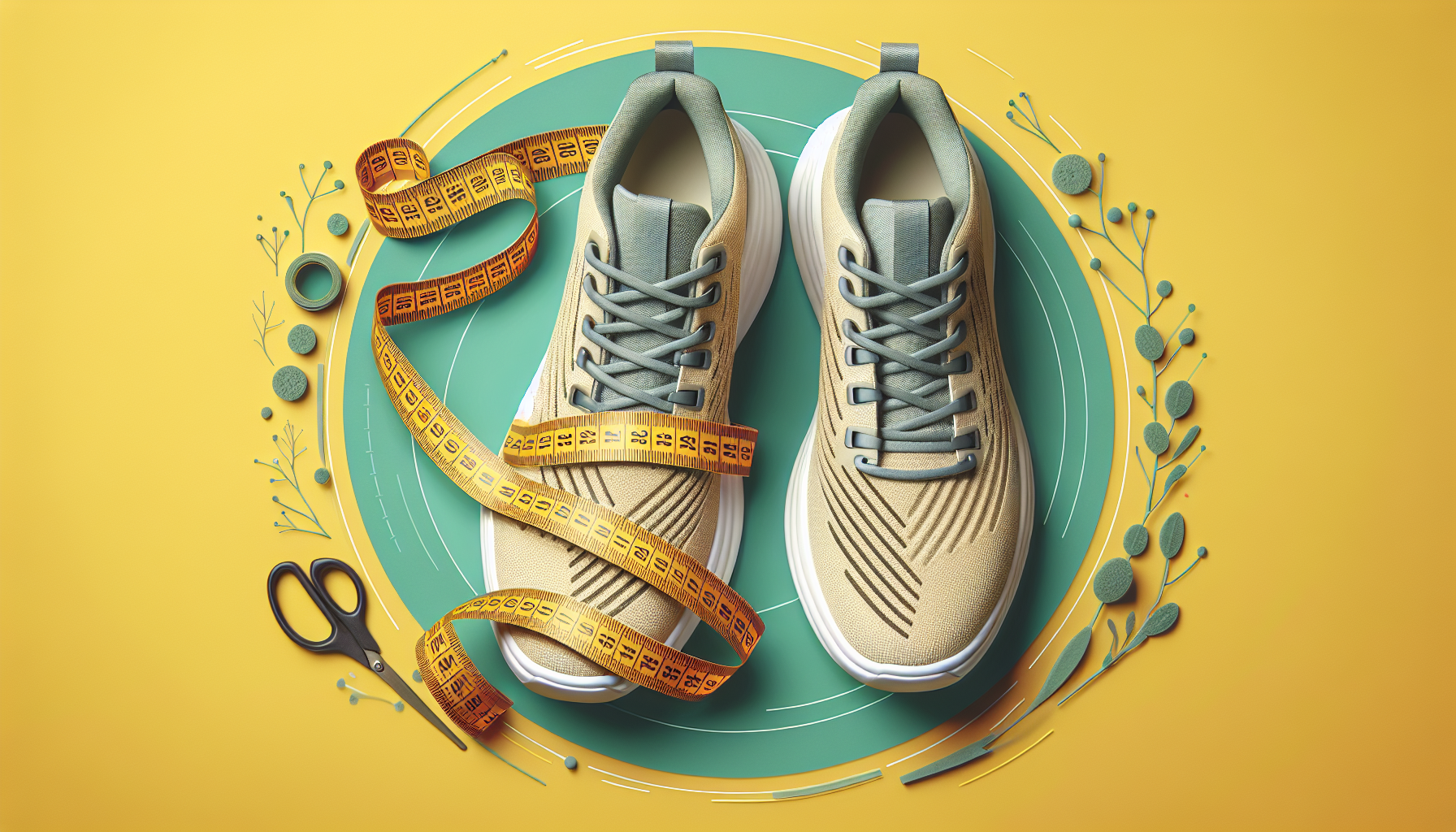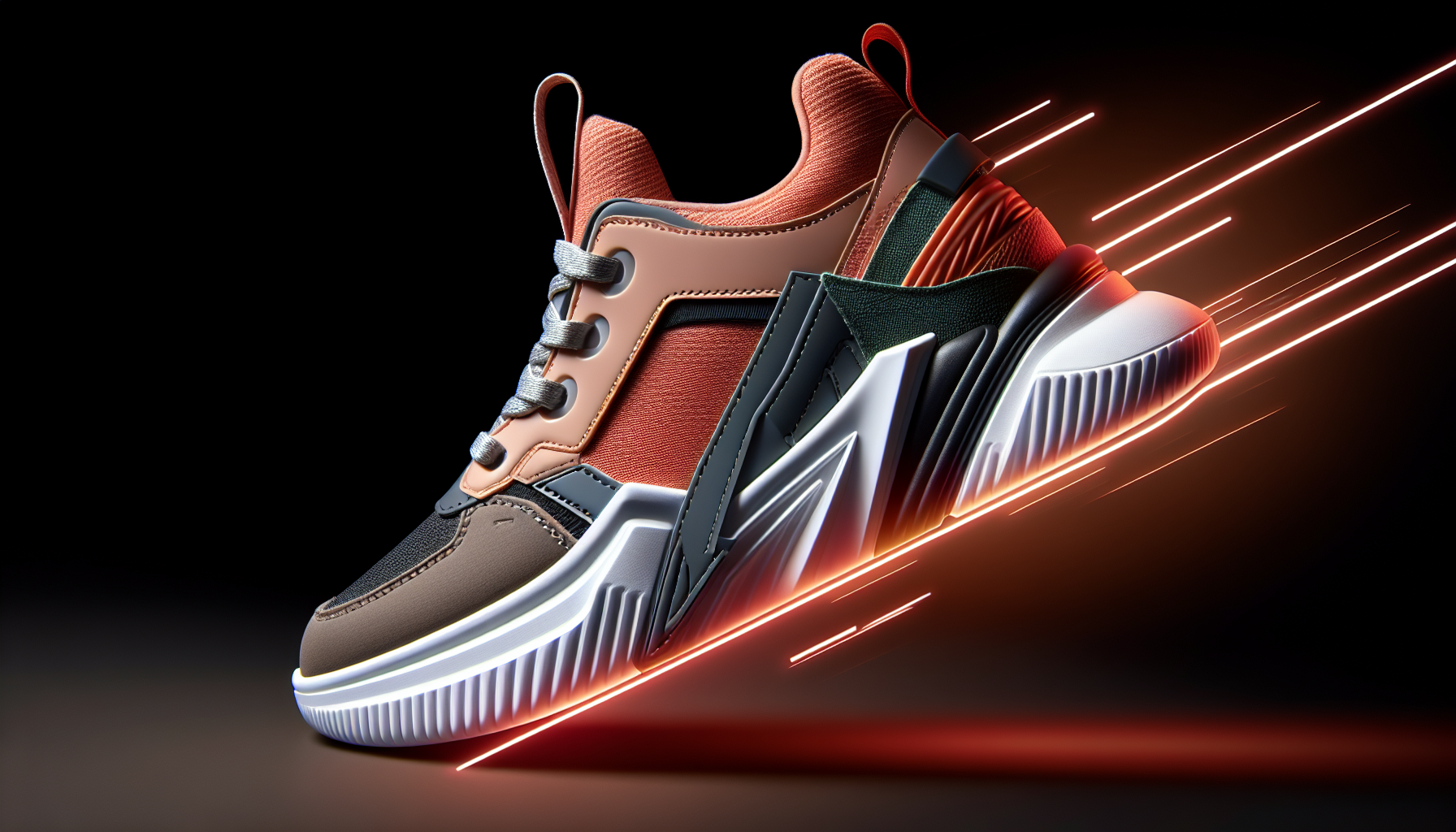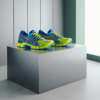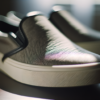Discovering the perfect pair of sneakers can feel like trying to find a needle in a haystack. Today’s market is flooded with countless styles, brands, and features, each promising the ultimate combination of comfort, durability, and style. Whether you’re gearing up for a marathon, seeking the best sneakers for all-day wear, or hunting for a fashionable addition to your wardrobe, selecting the right pair requires careful consideration. Let this comprehensive guide be your roadmap to the perfect sneakers for your needs.
1. Understand Your Needs
Determine the Primary Use
Are you looking for sneakers primarily for running, walking, casual wear, or as a fashion statement? Identifying your primary use is the first step in narrowing down your choices. Running shoes and walking shoes, for instance, are designed with different technologies to support specific movements and stress points.
Assess Your Activity Level and Preferences
Your activity level significantly impacts the type of sneakers that will best suit you. High-impact activities like running require sneakers with enhanced cushioning and shock absorption, while casual wearers might prioritize style and support.
Consider Any Specific Requirements
It's crucial to consider any medical conditions or specific needs such as arch support for flat feet. Orthopedic sneakers and those with additional insoles or custom footbeds can provide the necessary comfort and aid in managing specific foot issues.
2. Know Your Foot Type and Size
Identify Your Foot Type
Understanding your foot type is essential to find sneakers that offer the best support and comfort. Feet generally fall into three categories: flat, normal, and high arch. Each type influences the level of cushioning and stability you’ll need.
Measure Your Feet Accurately
Getting an accurate measurement of your feet is key. Use a ruler or a Brannock device to measure both the length and width of your feet. Remember, foot size can change over time, so remeasure if you haven't in a while.
Consider Foot Width and Unique Characteristics
Foot width varies among individuals, and some brands cater specifically to wide-foot sneakers. Additionally, consider any unique traits of your feet, like bunions or hammer toes, which might require special shoe features.
3. Research Different Sneaker Types
Running Shoes vs. Walking Shoes
Running shoes are designed for forward motion and possess ample cushioning to absorb impact. Walking shoes, on the other hand, offer more arch support and a slightly different sole design optimized for heel-to-toe movement.
Cross-Trainers and Specialty Sneakers
Depending on your activities, you may need cross-training shoes that offer versatility for multiple sports. Specialty sneakers like trail running shoes or gym shoes cater to specific environments and physical demands.
Fashion and Lifestyle Sneakers
Fashion sneakers blend style with moderate performance features, catered more towards aesthetics. These versatile sneakers are perfect for casual outings or completing a chic, everyday look.
4. Consider Material and Construction
Upper Materials
The material of a sneaker’s upper affects both comfort and breathability. Mesh sneakers are highly breathable and great for active use, while leather sneakers offer durability and a stylish look. Synthetic materials often balance durability with lighter weight.
Midsole Cushioning and Support
A well-cushioned midsole can make a world of difference. Look for cushioning technologies that offer shock absorption, from EVA foam to air pockets and gel inserts. Cushioning impacts not only comfort but also energy return during activities.
Outsole Durability and Traction
The outsole’s material and design determine durability and grip. Rubber outsoles offer excellent traction and longevity, ideal for both dry and wet conditions. Consider the tread pattern based on your typical use scenarios.
5. Prioritize Comfort and Fit
Importance of Proper Fit
A proper fit means your sneakers should have enough toe box space to wiggle your toes, a snug heel grip, and appropriate arch support. Ill-fitting shoes can cause discomfort and long-term foot problems.
Try on Sneakers with Your Usual Socks
Always try on sneakers with the socks you plan to wear regularly. This ensures a better fit and helps prevent issues like tightness or excessive looseness once you start wearing them.
Walk or Run Briefly to Test Comfort
Give your potential new sneakers a mini-test by walking or jogging around the store. Assess how they feel in action—the last thing you want is to find out they aren’t comfortable after the purchase.
6. Evaluate Brand and Model Reputation
Research Popular Brands and Their Specialties
Brands often have niches—some excel in making the best sneakers for running, while others might focus on fashion or cross-training. Knowing which brands consistently receive positive reviews for your specific needs can guide you in the right direction.
Read Reviews and Customer Testimonials
Online reviews and customer testimonials are treasure troves of information. They provide real-world insights into the comfort, durability, and performance of sneakers, helping you make an informed decision.
Look for Endorsements or Awards
Sneaker models that have received industry endorsements or awards often meet high standards of quality and performance. Keep an eye out for these accolades as they can be indicators of superior products.
7. Budget and Value for Money
Set a Budget Range Beforehand
Having a budget in mind helps streamline your options from the get-go. It’s easy to get carried away, so setting a price range ensures you find the best shoes within your financial comfort zone.
Compare Features and Benefits Within Your Budget
Within your budget, compare features such as materials, cushioning technologies, and brand reputation. This helps you pinpoint sneakers that provide the best value for money.
Balance Cost with Quality and Longevity
Remember, the cheapest option isn’t always the best in the long run. Consider the quality, which impacts the longevity of your sneakers. Sometimes investing a bit more can save you from frequent replacements.
8. Style and Aesthetics
Choose Colors That Match Your Wardrobe
Sneakers should complement your existing wardrobe. Opt for versatile colors or patterns that will seamlessly blend with your outfits, giving you a cohesive, stylish look.
Consider Current Fashion Trends
Stay updated with the latest sneaker trends to find a pair that’s both fashionable and functional. Trends like minimalist designs or eco-friendly sneakers can influence your choice.
Balance Aesthetics with Functionality
While style is essential, don’t sacrifice function. Ensure that the sneakers not only look good but also meet your comfort and performance needs.
9. Maintenance and Durability
Proper Cleaning and Care Tips
Proper care can extend the life of your sneakers. Follow cleaning instructions unique to the material—whether it's using a soft brush for mesh or a damp cloth for leather. Regular maintenance keeps them looking fresh and functioning well.
How to Store Sneakers to Prolong Their Life
Storing sneakers in a cool, dry place and using shoe trees or stuffing them with paper can help maintain their shape. Avoid cramming them in a tight space which can cause creasing and wear.
Recognize Signs It’s Time to Replace Your Sneakers
No sneaker lasts forever. Look for signs of wear such as decreased cushioning, worn-out tread, or loss of structural integrity. When sneakers no longer provide support, it’s time to invest in a new pair.
Selecting the perfect pair of sneakers involves more than just picking the most stylish option on the shelf. It’s a nuanced process that requires an understanding of your specific needs, foot type, and the inherent qualities of various sneaker models. By applying these guidelines, you’ll not only find sneakers that enhance your performance and comfort but also achieve the right balance of style and sustainability. Ready to embark on your journey to find the ideal sneakers? Keep these tips in mind, and step confidently in the right direction on your next shoe shopping adventure!




